Many animals across the world embark on incredible journeys for breeding and survival. From insects to large mammals, these migrations often span thousands of miles, driven by the need to find food, favorable climates, or safe places to reproduce. These epic travels highlight the resilience, navigational skills, and adaptability of the species that undertake them. Whether in the air, across land, or through the ocean, each migration plays a crucial role in maintaining ecosystems and species survival. Let’s explore some of the most remarkable migrations in the animal kingdom.
Arctic Tern
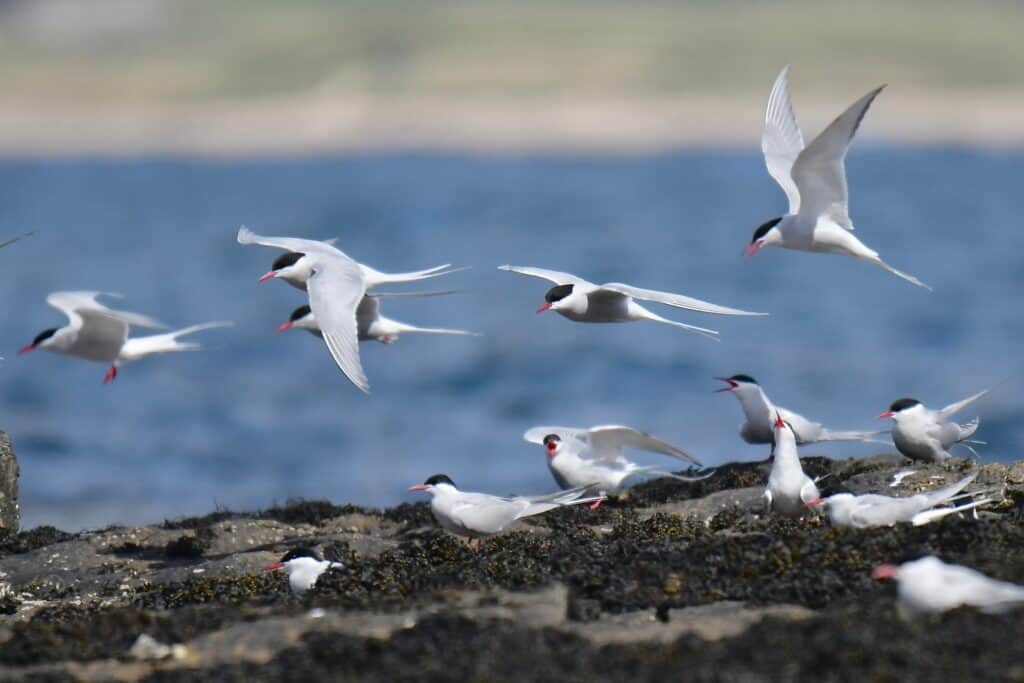
The Arctic Tern (Sterna paradisaea) is known for its incredible migration, the longest of any bird. Every year, these small birds travel around 44,000 miles round-trip from their breeding grounds in the Arctic to the Antarctic. Along the way, they cross the equator twice, navigating a variety of weather conditions and landscapes. This journey allows them to enjoy two summers each year, as they follow the seasons to stay in perpetual daylight. Their migratory path exposes them to numerous threats, including predation and habitat loss, yet their strong navigational abilities enable them to return to their breeding grounds without fail. Despite their small size, they have evolved to cover vast distances with precision. They rely heavily on wind patterns to conserve energy during this extensive migration.
Monarch Butterfly
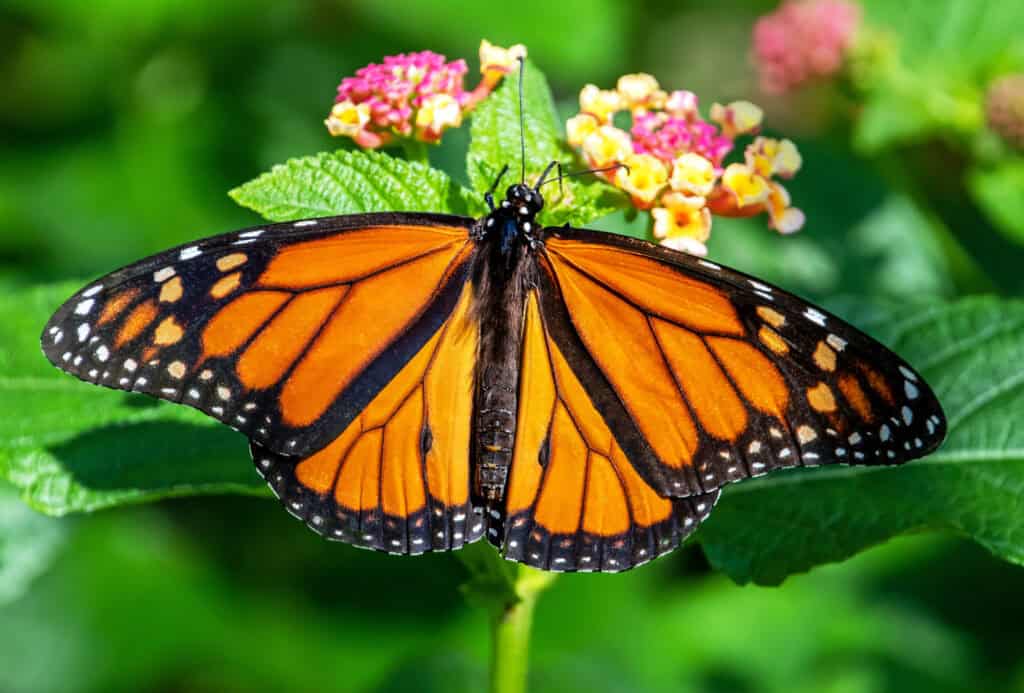
The monarch butterfly (Danaus plexippus) undertakes one of the most remarkable migrations of any insect. Each year, millions of these delicate creatures travel from the northern United States and Canada to the forests of central Mexico, covering up to 3,000 miles. What makes this migration especially fascinating is that no single butterfly completes the round trip. Instead, it spans multiple generations, with each new generation continuing the journey south. Guided by an innate compass, monarchs navigate using the position of the sun and the Earth’s magnetic field. The sight of millions of butterflies congregating in their wintering grounds is awe-inspiring, but this migration is increasingly threatened by deforestation and climate change. Conservation efforts are crucial to preserving their migration pathways. They contribute to the health of ecosystems by pollinating plants during their journey.
Humpback Whale
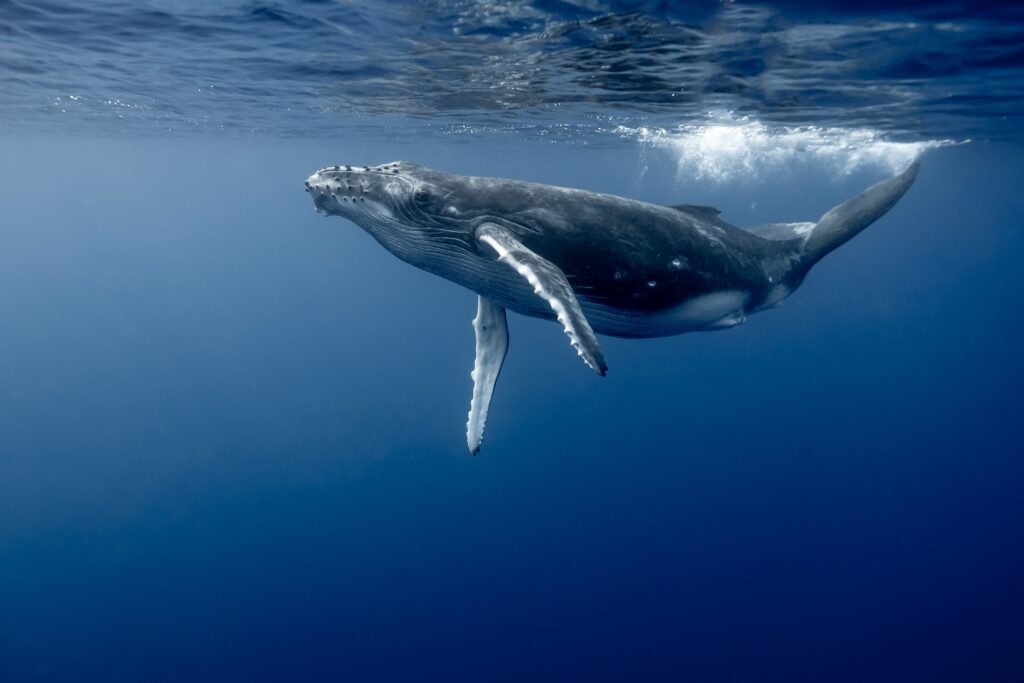
Humpback whales (Megaptera novaeangliae) embark on one of the longest migrations of any mammal, traveling up to 5,000 miles between their feeding grounds in polar waters and their breeding grounds in tropical seas. These ocean giants feed primarily on krill and small fish in cold waters, but they migrate to warmer areas to give birth and raise their calves in safer, predator-free environments. During this migration, adult whales live off their fat reserves, as they do not feed in the warm waters. The journey is fraught with dangers, including entanglement in fishing nets and ship strikes. Despite these challenges, the species’ strong navigational abilities ensure that they can return to the same breeding grounds year after year. They are known for their acrobatic breaches and complex songs, which are often heard during their migration.
Leatherback Sea Turtle

The leatherback sea turtle (Dermochelys coriacea) is the largest of all sea turtles and makes impressive migrations across the ocean, covering up to 10,000 miles annually. They travel between their nesting beaches in tropical areas and their feeding grounds in colder waters, where they feast primarily on jellyfish. They have a unique ability to regulate their body temperature, allowing them to survive in cold waters where other sea turtles cannot. The long-distance migration of these animals is essential for their reproduction, as females return to the same beaches where they hatched to lay their eggs. Human activities such as fishing, plastic pollution, and climate change pose significant threats to their survival. Conservation measures, including protecting nesting sites, are vital for sustaining leatherback populations. Their migrations play a key role in maintaining the balance of marine ecosystems by controlling jellyfish populations.
Chinook Salmon
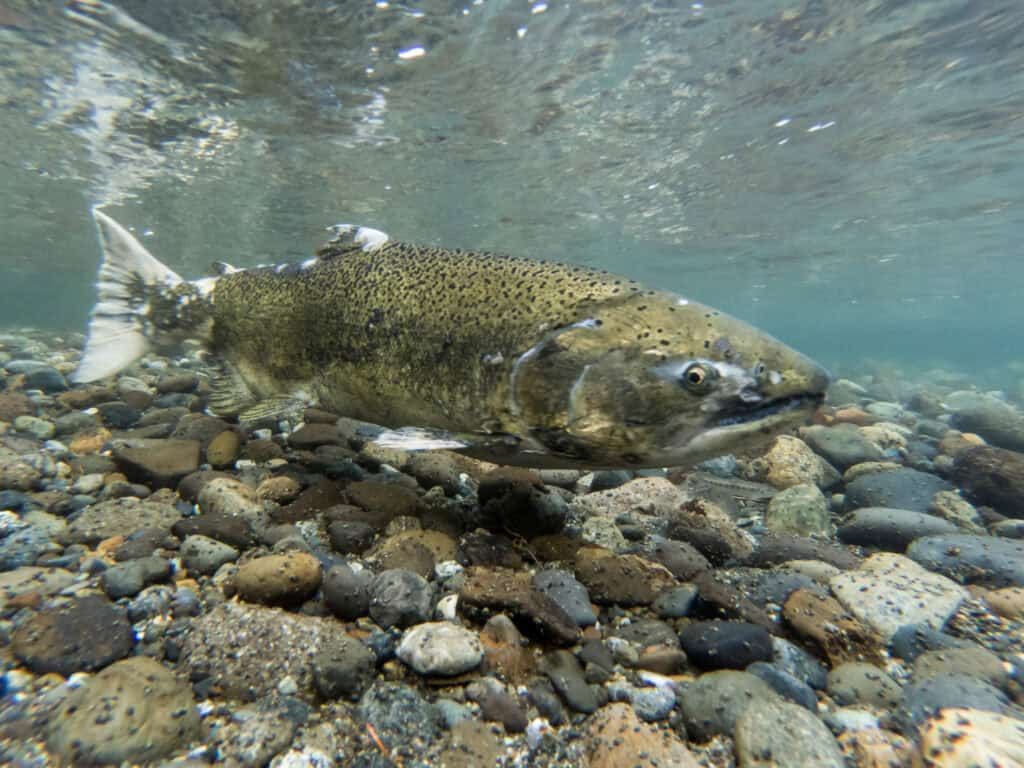
Chinook salmon (Oncorhynchus tshawytscha) embark on a challenging upstream migration from the ocean to the freshwater rivers where they were born, covering over 1,000 miles. After spending several years at sea, they return to their birthplace to spawn, guided by their acute sense of smell. This journey is filled with obstacles such as navigating through dams, avoiding predators, and overcoming powerful currents. Once they reach their spawning grounds, they reproduce and then die, contributing vital nutrients to the surrounding ecosystem. This life cycle supports a diverse array of wildlife, including bears and birds. The resilience of salmon during this migration is astonishing, as they must leap over waterfalls and evade human-made barriers to reach their destination.
Gray Whale
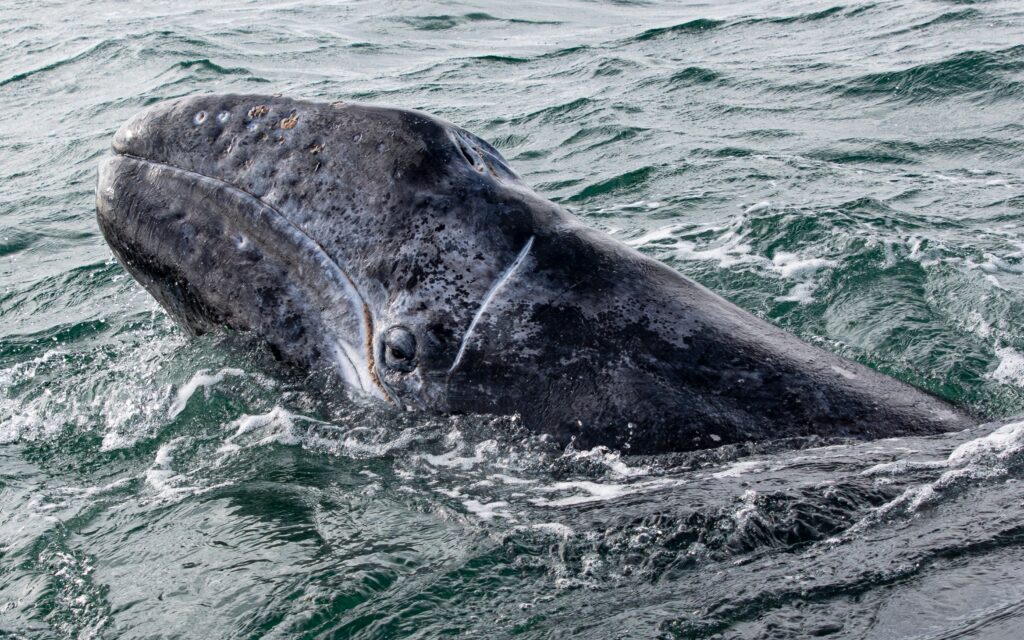
Gray whales (Eschrichtius robustus) undertake one of the longest mammal migrations, traveling up to 14,000 miles round-trip between their feeding grounds in the Arctic and their breeding grounds in the warm waters of Baja California. This epic journey is vital for their reproduction, as the warmer waters provide a safe environment for calves to be born and grow. Along the way, they face numerous threats, including predation by orcas and entanglement in fishing gear. They use shallow coastal waters to navigate, helping them avoid predators and conserve energy during their journey. The migration of gray whales plays a crucial role in the marine ecosystem, as they help redistribute nutrients by stirring up sediments on the ocean floor.
Wildebeest
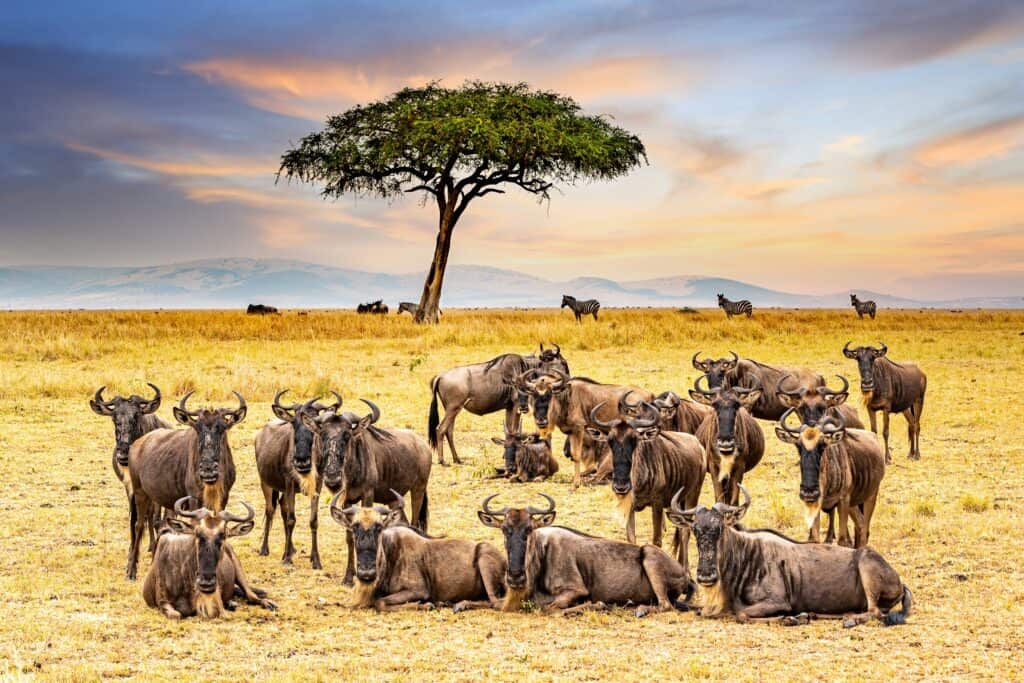
The annual migration of wildebeest (Connochaetes taurinus) is one of the most iconic natural events in the animal kingdom. Over 1.5 million wildebeest, along with zebras and gazelles, travel in a circular route across the Serengeti in Tanzania and into Kenya’s Maasai Mara in search of fresh grazing lands. This journey, which spans over 1,000 miles, is driven by the seasonal rains that replenish the grasslands. Along the way, the herds must navigate dangerous river crossings, where predators such as crocodiles lie in wait. Their migration plays a key role in maintaining the health of the savanna ecosystem by stimulating plant growth and fertilizing the land with their droppings. The synchronized birth of calves during the migration helps ensure that the majority of young survive by overwhelming predators with sheer numbers.
Sandhill Crane

Sandhill cranes (Antigone canadensis) travel up to 5,000 miles between their breeding grounds in North America and their wintering areas in Mexico and the southern United States. These large birds are known for their distinctive, trumpeting calls, which can be heard during their migratory flights. They use thermals to conserve energy, soaring in large flocks as they travel long distances. Along their journey, they stop at key wetland areas to rest and refuel. The migration of sandhill cranes is one of the most visually spectacular, as thousands of birds can be seen flying in formation. This migration plays a critical role in maintaining wetland ecosystems, as the cranes disperse seeds and control insect populations.
Pronghorn Antelope
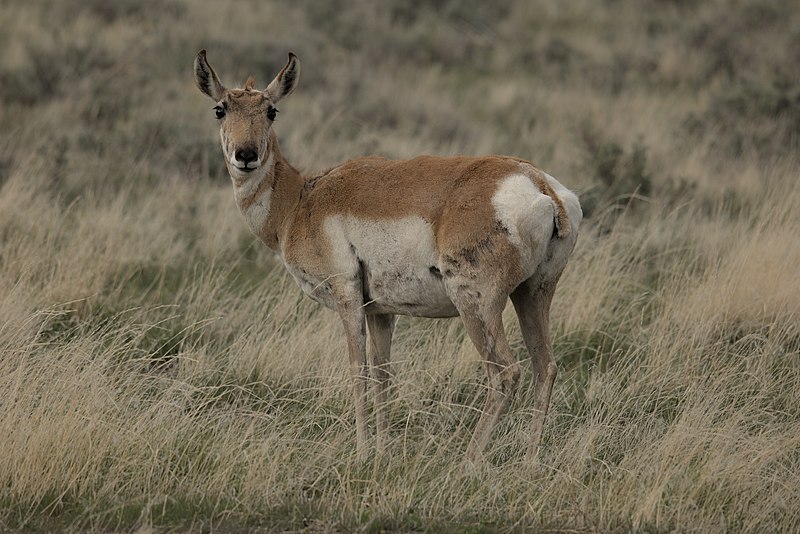
Pronghorn antelope (Antilocapra americana) is known for one of the longest terrestrial migrations in North America, covering up to 300 miles across Wyoming and Montana. These swift animals travel between their summer range in the Grand Teton National Park and their winter range in the Green River Basin. This migration is primarily driven by the need to find food and avoid harsh winter conditions. They move across open plains and arid desert landscapes, navigating natural barriers like rivers and man-made ones like highways. Despite the challenges, pronghorns have maintained this migration for thousands of years, though habitat fragmentation now threatens their journey. Conservation efforts are underway to protect key migratory corridors, ensuring the pronghorns can continue this seasonal trek.
Globe Skimmer Dragonfly
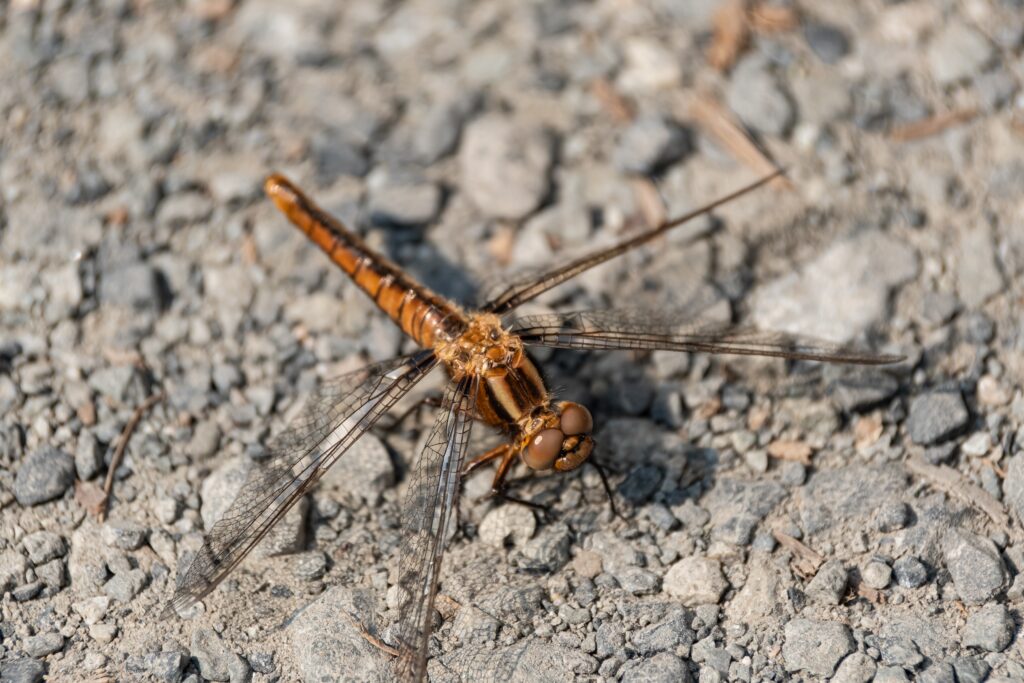
The globe skimmer dragonfly (Pantala flavescens) holds the record for the longest known migration of any insect, covering over 11,000 miles round-trip across continents. These small but mighty dragonflies travel from India to Africa, flying across the Indian Ocean to reach breeding sites. Their migration is driven by monsoon weather patterns, which provide the necessary conditions for breeding. The journey involves multiple generations, with each generation continuing the migration cycle. They rely on wind currents to aid their travel, making their transoceanic migration even more astonishing. Despite their delicate appearance, globe skimmers are incredibly resilient and able to adapt to harsh environments. Their migration is crucial for their survival and also plays a role in controlling mosquito populations along the way.
Red Knot
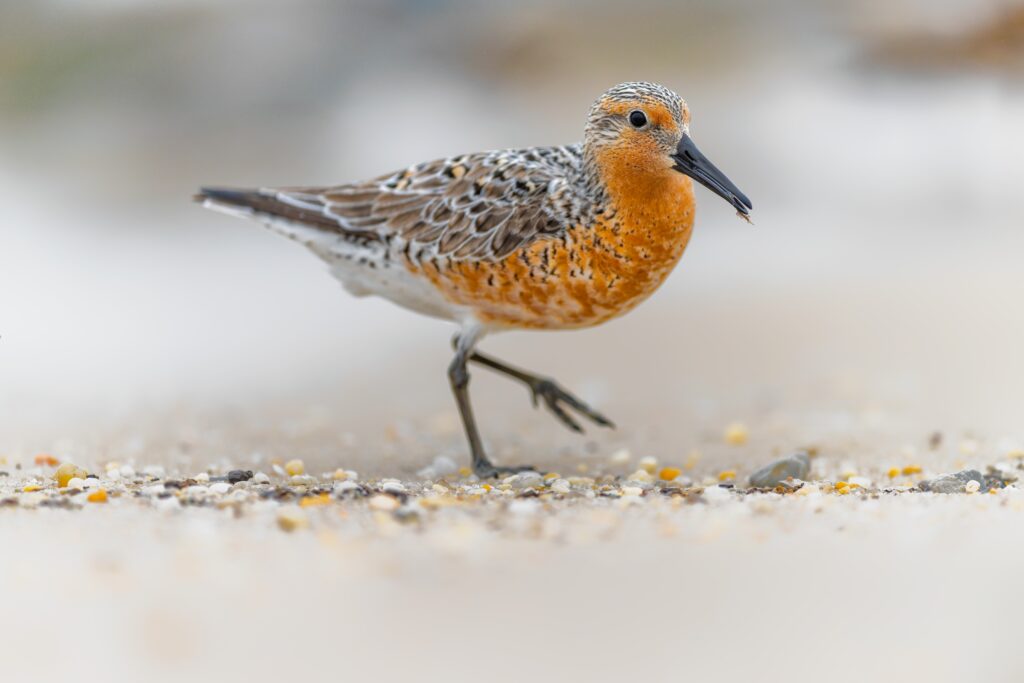
The red knot (Calidris canutus), a small shorebird, makes one of the longest migrations of any bird, traveling up to 9,000 miles from the Arctic to the southern tip of South America. They time their migration to coincide with the spawning of horseshoe crabs, whose eggs provide a critical food source. Along their route, red knots stop at key coastal areas to refuel, often flying nonstop for several days at a time. Habitat loss and climate change have made this migration more perilous, as their stopover sites are increasingly threatened. Conservation efforts are focused on protecting these key areas to ensure the survival of red knots. Despite the challenges, they exhibit remarkable endurance and navigational precision.
Flamingo
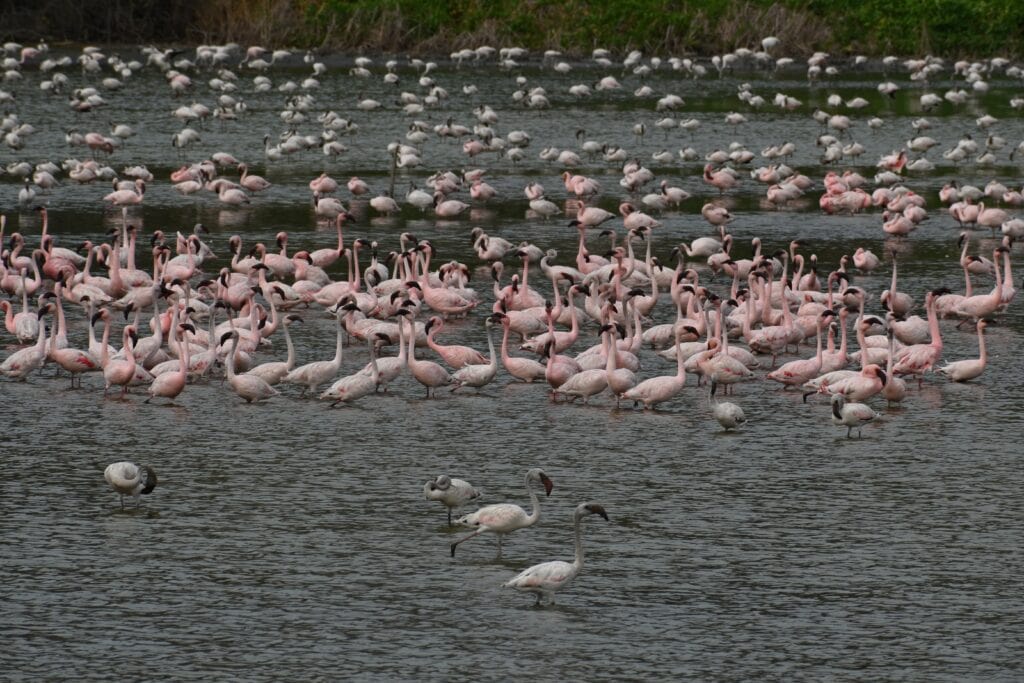
Flamingos (Phoenicopterus roseus) undertake irregular migrations, typically flying thousands of miles between feeding and breeding grounds. One of the most remarkable migrations is that of the lesser flamingo, which travels across Africa to take advantage of seasonal rains that fill dried salt pans. These salt pans come to life with algae, which is the primary food source for flamingos. The birds breed in large colonies, laying eggs on mud nests built on islands that form in the temporary lakes. They usually migrate at night, using favorable winds to assist their long flights. Their migration plays a critical role in maintaining the health of wetland ecosystems, where they help control algae and invertebrate populations. They are known for their striking pink coloration, which comes from the pigments in the algae they consume.
Painted Lady Butterfly
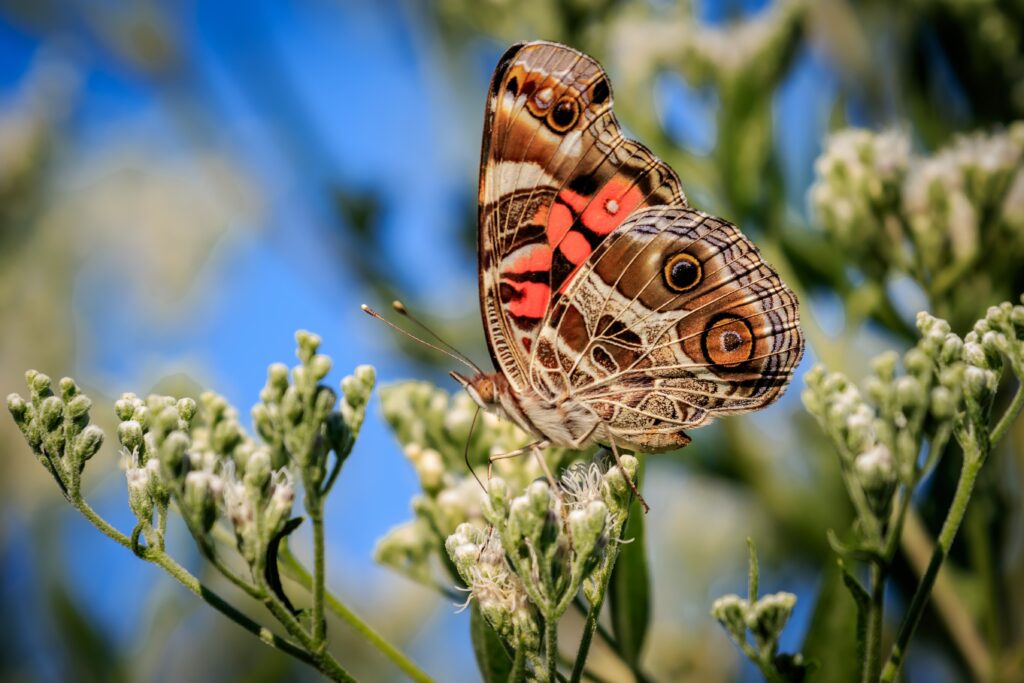
The painted lady butterfly (Vanessa cardui) makes one of the longest migrations of any butterfly species, traveling over 7,500 miles from Europe to Africa. Unlike monarchs, which take several generations to complete their migration, painted ladies can make the entire journey in a single generation. They rely on wind patterns to help them cross vast distances, flying at altitudes of up to 3,000 feet. Along their journey, they stop to feed on nectar, helping to pollinate a variety of plants. Their migration is crucial for maintaining plant biodiversity across continents. They are particularly resilient, adapting to different environmental conditions along their route.
This article originally appeared on Rarest.org.
More from Rarest.org
19 Stunning Perennial Flowers That Attract Butterflies and Bees

Butterflies and bees are essential pollinators, and one of the best ways to attract them is by planting beautiful perennial flowers. These plants not only add color to your garden but also support local ecosystems. Each flower on this list has a unique feature that draws in pollinators, making them a perfect addition to any outdoor space. Read More.
10 Largest Mosques in the World
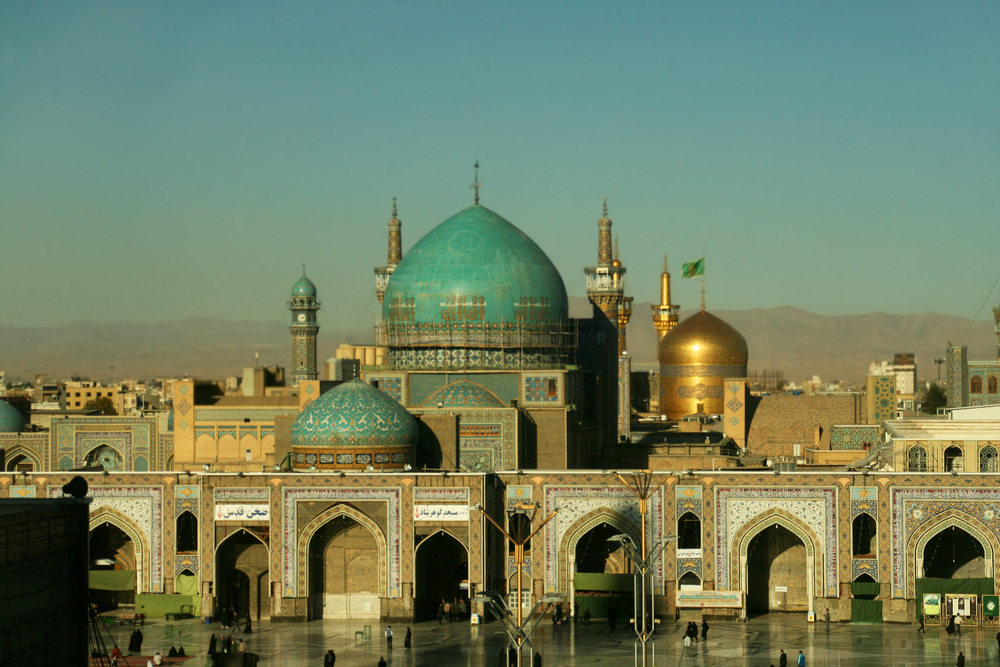
Mosques are not just places of worship but also architectural marvels that represent the cultural, spiritual, and artistic heritage of the Islamic world. Across the globe, these structures stand out for their immense size, intricate designs, and historical significance. Read More.
15 Stunning Big Cats Roaming the World`s Most Beautiful Landscapes
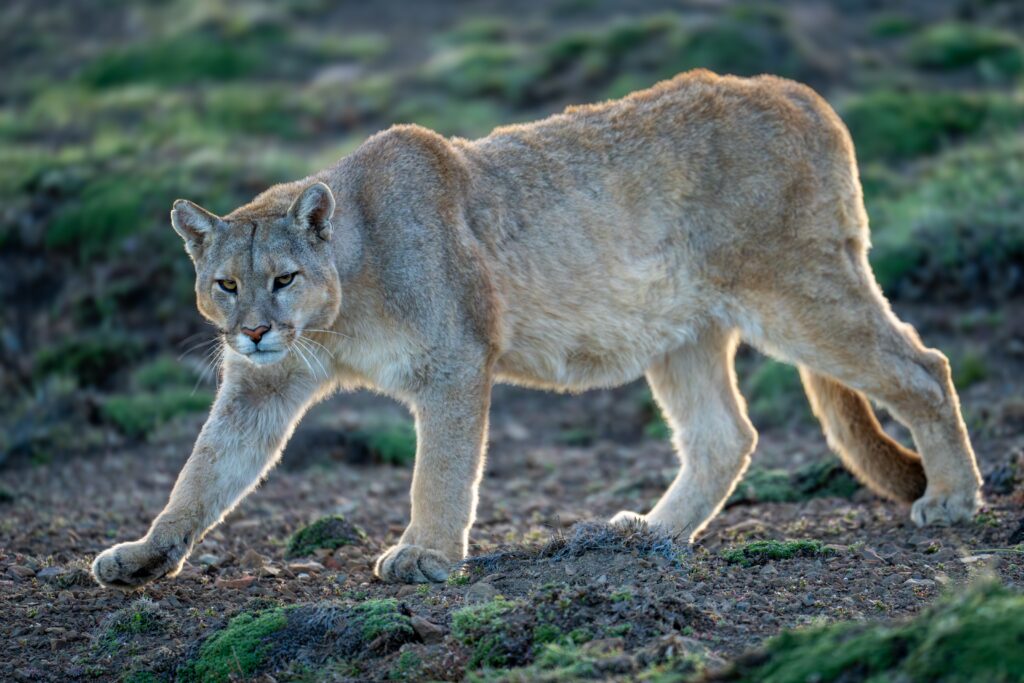
Big cats are some of the most awe-inspiring creatures on the planet, roaming a variety of stunning landscapes across the globe. From the dense rainforests of the Amazon to the snowy peaks of the Himalayas, these majestic predators have adapted to thrive in some of the world’s most beautiful and diverse environments. Read More.
